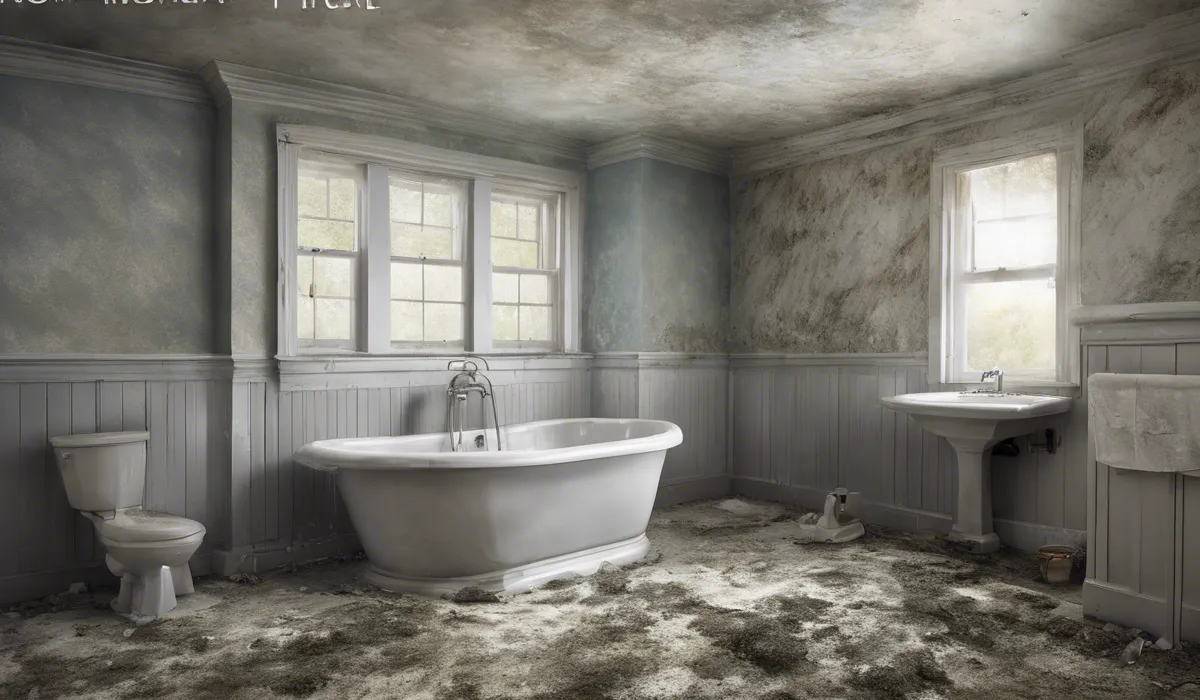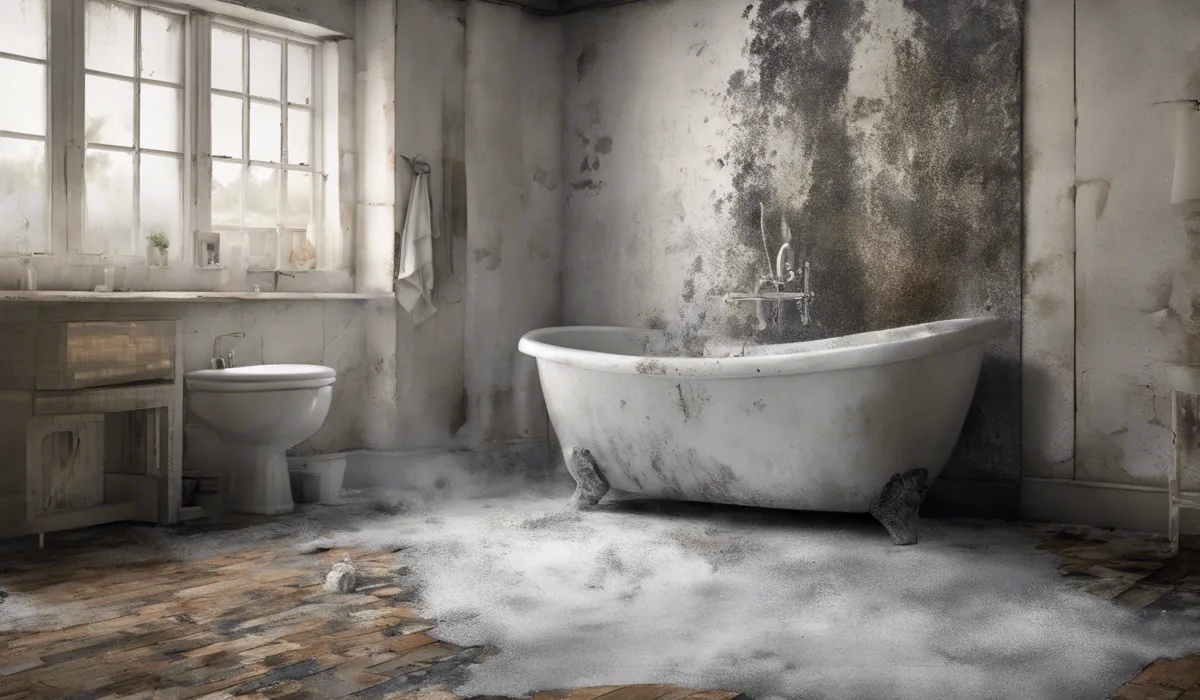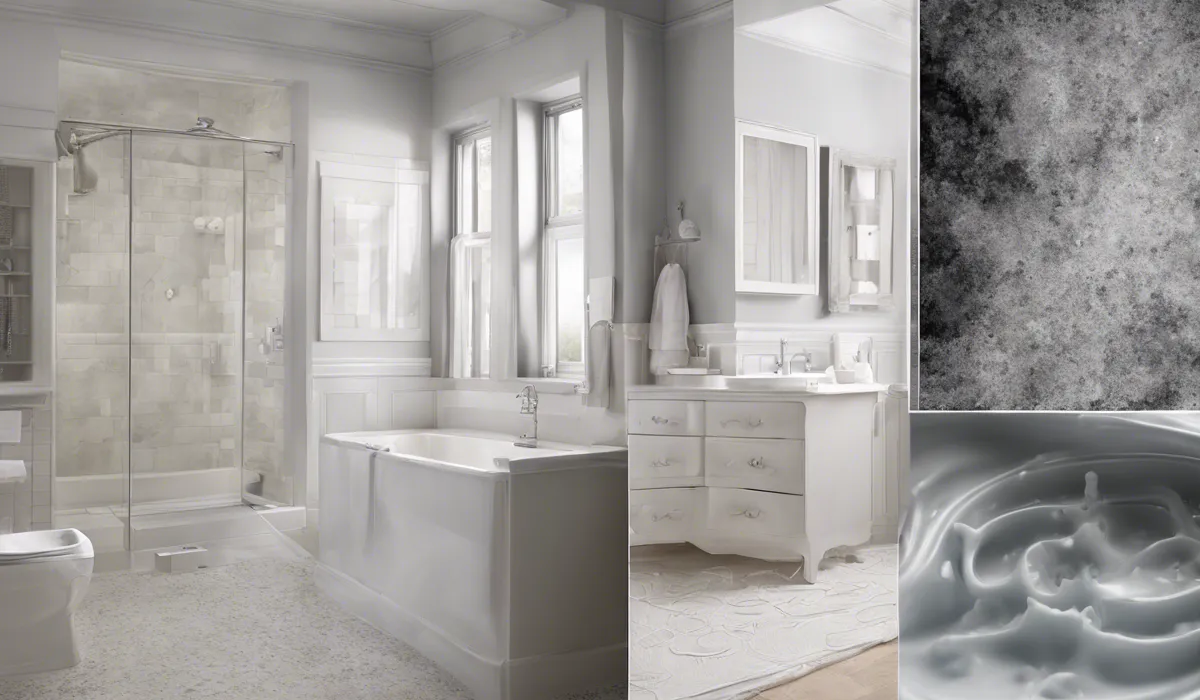To cover up mold, clean the area with a mold-killing solution, let it dry, apply a stain-blocking primer, and finish with mold-resistant paint. Avoid mere cosmetic fixes; always address the underlying moisture issue first.
Identifying Mold in Your Home

Understanding Mold and Its Impacts
Mold is a type of fungus that can grow indoors and outdoors. It thrives in moist environments and can spread quickly, leading to various health problems and structural damage to your home.
Exposure to mold can cause allergic reactions, asthma attacks, and other respiratory issues. Furthermore, it can lead to costly repairs if left unchecked.
Common Mold Habitats in the Home
Mold often grows in areas with high humidity levels. Look for it in your bathroom, kitchen, basement, or any area that has experienced water damage.
It prefers dark, warm places, so check behind furniture, under sinks, and in your attic as well. Keeping these areas dry and well-ventilated is key in preventing mold growth.
Recognizing the Signs of Mold
To spot mold, watch for discolored walls or ceilings, a musty smell, or the presence of condensation.
If you notice any of these signs, it’s important to investigate further. Mold can appear in many forms, such as black spots or fuzzy white patches.
Seeking Professional Help
If you’re unsure about the extent of mold in your home or how to safely remove it, it’s time to call a professional.
They can conduct a thorough inspection and recommend the best course of action. This is especially important if you have a large area of mold or if it’s in hard-to-reach places.
Preparing the Area for Mold Cover-up

Adhering to Safety Precautions
Before tackling mold, protect yourself with gloves, goggles, and a respirator to avoid inhaling spores.
Always work in a well-ventilated area and consider wearing disposable overalls to prevent the spread of spores to other parts of your home.
Isolating the Moldy Zone
Seal off the affected area with plastic sheeting to keep mold spores contained. This helps prevent them from dispersing through your home and causing additional growth elsewhere.
Cleaning and Drying Before Covering
Use a mold-killing solution to clean the area thoroughly. After cleaning, it’s crucial to let the space dry completely. Mold thrives on moisture, so ensuring the area is dry will help prevent future growth.
Gathering Necessary Materials
You will need a mold-killing solution, a stain-blocking primer, mold-resistant paint, and painting tools. Make sure to have these on hand before starting the cover-up process.
Covering Up Mold Effectively

Selecting Appropriate Paint or Sealant
Choose a paint or sealant specifically designed to inhibit mold growth. Look for products labeled as mold-resistant or mold-inhibiting. These will provide the best protection against future mold issues.
Applying Mold-Inhibiting Primer
Start by applying a stain-blocking primer that is formulated to prevent mold. Follow the manufacturer’s instructions for the best results. Allow the primer to dry fully before moving on to the next step.
Painting Techniques for Mold Prevention
Once the primer is dry, apply the mold-resistant paint using a brush or roller. Be sure to cover the area evenly and allow each coat to dry thoroughly. Applying multiple coats may be necessary for optimal protection.
Maintaining a Mold-Free Environment
After covering up the mold, focus on keeping your home dry and well-ventilated. Use dehumidifiers and exhaust fans to manage humidity levels.
Regularly inspect your home for any signs of moisture or mold, especially in areas prone to dampness.
Remember, while painting over mold can temporarily hide the problem, it is crucial to address the root cause, which is usually excessive moisture.
Fix leaks, improve ventilation, and control humidity to prevent mold from returning. If you’re unsure about the best way to tackle mold in your home, it’s always a good idea to seek the advice of a professional.
For more detailed guidance on identifying, preparing, and covering up mold, don’t hesitate to reach out to experts in the field.
FAQs About Covering Up Mold
What is the first step in covering up mold?
The first step is to address the underlying moisture issue that caused the mold to ensure it doesn’t recur.
Can I just paint over mold to cover it up?
No, you should not just paint over mold. You need to clean it with a mold-killing solution and let it dry before painting.
What kind of paint should I use to cover up mold?
Use a mold-resistant paint over a stain-blocking primer to prevent mold from showing through and to inhibit future growth.
Is it enough to just use a mold-resistant paint after cleaning up mold?
No, it is recommended to apply a stain-blocking primer first to prevent any mold stains from bleeding through the paint.
What should I do if mold keeps reappearing after I cover it up?
If mold reappears, it indicates an ongoing moisture problem that must be resolved to prevent future mold growth.
Final Thoughts
Effectively covering up mold involves more than a cosmetic fix. Start by thoroughly cleaning with a mold-killing solution.
Once the area is dry, use a stain-blocking primer followed by mold-resistant paint to prevent recurrence. Crucially, ensure the root cause of moisture is addressed to avoid future mold growth.
